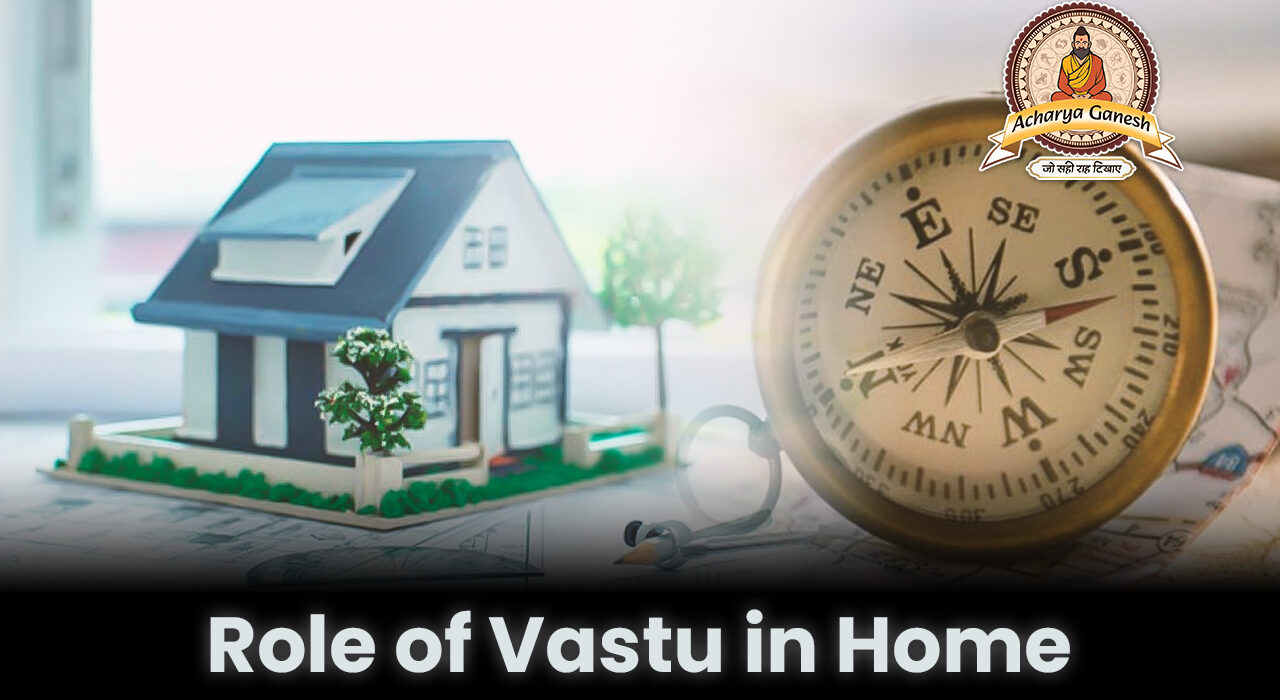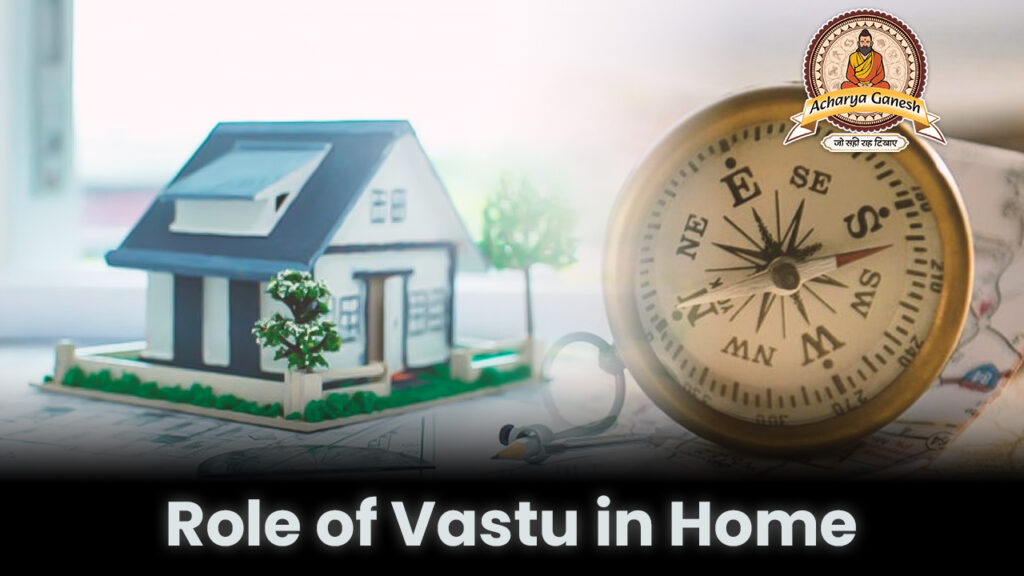How Unique Vastu Principles Can Transform Your Living Space

Introduction to Vastu Shastra
Vastu Shastra, an ancient Indian architectural science, has been guiding the design and construction of homes for thousands of years. Today, its principles continue to influence modern architecture and interior design. This blog post explores the role of Vastu in home design and how it can create a harmonious living space that promotes well-being and positive energy.
Understanding Vastu Shastra
Vastu Shastra is based on the belief that our living spaces are microcosms of the universe. It aims to balance the five elements – earth, water, fire, air, and space – within our homes to create a harmonious environment. The principles of Vastu take into account the sun’s movement, magnetic fields, and the flow of energy to determine the ideal placement of rooms, furniture, and objects within a home.
Key Vastu Principles for Home Design
- Direction and Orientation: The main entrance of the house should ideally face east or north to welcome positive energy.
- Room Placement: Each room in the house has an ideal location according to Vastu. For example, the kitchen should be in the southeast corner, while the master bedroom should be in the southwest.
- Natural Light and Ventilation: Vastu emphasizes the importance of allowing natural light and fresh air into the home to promote good health and positive energy.
- Balance of Elements: The five elements should be represented and balanced throughout the home through colors, materials, and design elements.
- Open Spaces: Vastu recommends maintaining open spaces within the home to allow for the free flow of energy.
Room-by-Room Vastu Shastra Guidelines
Living Room
- Ideal location: North, east, or northeast
- Placement of furniture: Avoid blocking doorways or windows
- Colors: Light, warm colors like yellow, green, or blue
Kitchen
- Ideal location: Southeast
- Stove placement: East or southeast corner
- Sink placement: North or northeast corner
- Colors: Red, orange, or yellow to stimulate appetite
Bedroom
- Ideal location: Southwest for master bedroom, northwest for children’s rooms
- Bed placement: South or west wall, with the head pointing south
- Colors: Soft, soothing colors like light blue, green, or pink
Bathroom
- Ideal location: Northwest or west
- Toilet placement: Not facing the main door
- Colors: Light, cool colors like white, blue, or green
Home Office
- Ideal location: North or east
- Desk placement: East or north-facing
- Colors: Blue, green, or light yellow for focus and productivity
Vastu Shastra and Modern Architecture
While Vastu Shastra originated in ancient times, its principles can be adapted to modern architectural designs. Many contemporary architects and designers incorporate Vastu concepts into their work, creating homes that are both aesthetically pleasing and energetically balanced. Some ways to integrate Vastu into modern homes include:
1. Using open floor plans to promote energy flow
2. Incorporating natural materials like wood and stone
3. Designing large windows for ample natural light
4. Creating outdoor living spaces that connect with nature
5. Using energy-efficient appliances and sustainable building practices
Benefits of Implementing Vastu in Your Home
Incorporating Vastu principles into your home design can offer numerous benefits:
1. Improved Well-being: By creating a harmonious living environment, Vastu can help reduce stress and promote overall well-being.
2. Enhanced Productivity: Proper placement of work areas and furniture can boost focus and productivity.
3. Better Sleep: Following Vastu guidelines for bedroom design can lead to improved sleep quality.
4. Increased Positive Energy: Vastu aims to optimize the flow of positive energy throughout the home, potentially leading to better relationships and personal growth.
5. Financial Prosperity: Some believe that adhering to Vastu principles can attract wealth and abundance.
Common Vastu Shastra Corrections
If you’re living in a home that wasn’t designed with Vastu principles in mind, there are still ways to make corrections:
1. Use of Crystals: Placing specific crystals in certain areas can help balance energy.
2. Mirrors: Strategically placed mirrors can redirect energy flow and create the illusion of space.
3. Plants: Adding plants to specific areas can help balance the elements and improve air quality.
4. Color Therapy: Using Vastu-recommended colors in different rooms can help create the desired energy.
5. Decluttering: Removing unnecessary items and organizing spaces can improve energy flow.
Conclusion to Vastu Shastra
The role of Vastu in home design goes beyond mere aesthetics. It’s about creating a living space that nurtures your physical, mental, and spiritual well-being. While it may not be possible to follow every Vastu guideline, incorporating even a few principles can make a significant difference in the energy and atmosphere of your home. Whether you’re building a new house or looking to improve your current living space, consider the wisdom of Vastu Shastra to create a harmonious and positive environment.
For interesting reels, follow us on Instagram
FAQs about Vastu Shastra
Q1: Is Vastu Shastra scientifically proven?
Ans: While not scientifically proven in the modern sense, many Vastu principles align with scientific concepts related to natural light, ventilation, and ergonomics.
Q2: Can Vastu be applied to apartments?
Ans: Yes, Vastu principles can be adapted to apartments, focusing on furniture placement and room usage within the available space.
Q3: How long does it take to see the effects of Vastu changes?
Ans: Some people report feeling immediate changes, while others may notice effects over weeks or months. Results can vary based on the extent of changes and individual sensitivity.
Q4: Do I need to hire a Vastu consultant to implement these principles?
Ans: While a consultant can provide personalized advice, you can start implementing basic Vastu principles on your own using reliable resources and guidelines.
For interesting astrology related videos, subscribe us on Youtube







